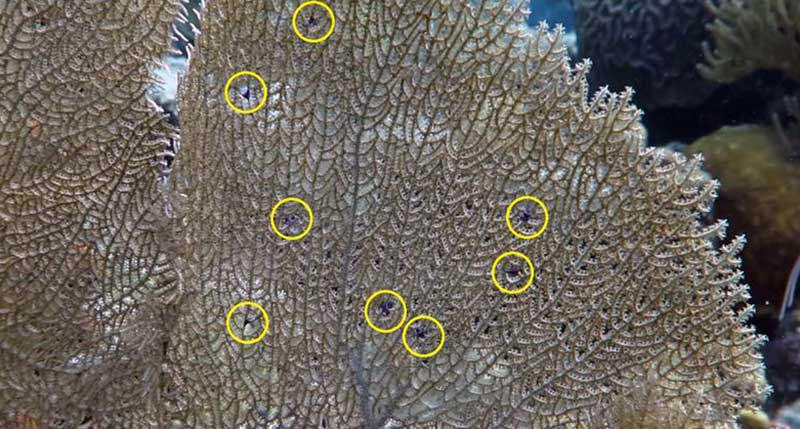Bonaire hosts international team of biodiversity explorers which discover new marine species.
Last fall, during October and November, an international research team investigated the marine biodiversity of Bonaire. Although Bonaire’s reefs have been well monitored over the years by researchers, as well as documented by underwater photographers, its marine biodiversity has been poorly explored. In previous decades, more research was performed on the neighboring island Curaçao, which resulted in many new species discoveries from there. Therefore, it was assumed that Bonaire also has a high potential for the discovery of undescribed species. The preliminary results from the expedition suggest that this assumption was correct. These results will be formally published in scientific journals, where they will be accessible to all who want to learn more about the marine biodiversity of Bonaire.
A call from WWF-Netherlands to consider applications for funding research on the biodiversity of the Netherlands (including its Caribbean islands) triggered marine biologists of Naturalis Biodiversity Center and ANEMOON Foundation to submit a joint-proposal. This proposal was rewarded with a research grant. In addition, matching funding was provided from Naturalis’ research program on the Nature of the Netherlands. The research team consisted of Naturalis’ experts in marine biodiversity, ANEMOON, and foreign universities (Belgium, Italy, Japan, Puerto Rico, and Russia), as well as a marine biology student from the University of Groningen. The expedition was under leadership of Bert Hoeksema (senior scientist at Naturalis and honorary professor at the University of Groningen) and Godfried van Moorsel (ANEMOON). The expedition received local support from Stichting Nationale Parken Bonaire (STINAPA) and the Dutch Caribbean Nature Alliance (DCNA).
Seven new marine species were discovered in the waters around Bonaire.
The expedition resulted in many new discoveries, among which were at least seven undescribed species of invertebrates that are new to science, as well as numerous new records for the marine fauna and flora of Bonaire. Among the new species were an unknown shrimp, while another shrimp was found in association with a species of coral that had never before been seen to host shrimps. These shrimps will be studied further by Charles Fransen of Naturalis. Adding to these discoveries, four new species of encrusting sea anemones known as zoantharians were discovered. Compared to Curaçao and St. Eustatius (where the team has previously studied biodiversity), the number of zoantharian species was surprisingly high. Some of these species live in association with sponges, forming colorful combinations of species. The new species have very small polyps that are less than 4 mm wide. These new discoveries were made by James Reimer from Okinawa, who is the world-leading scientist of zoantharians.
Sponges may also harbor many kinds of animal associates, amongst which small shrimp-like animals known as copepods. These animals are very small (usually less than 1 mm long) and many of them belong to species that are still undiscovered. Some copepods are known to cause diseases. Fan corals, which are very common at Bonaire, were found to show a condition known as Multiple Purple Spots Syndrome, which can be linked to the presence of an undescribed species of copepod. This relation between the coral and copepods was first discovered at St. Eustatius, during a similar expedition of Naturalis and ANEMOON. All new discoveries related to copepods were made by Slava Ivanenko from Moscow, who specializes in copepods that live in association with corals, sponges and other invertebrates. Another group of small crustaceans, amphipods – also known as beach fleas, was investigated by Ronald Vonk of Naturalis. Some of these species live in between sand grains on beaches or in the sea floor. He was able to find species of a particular family that needs to be studied with the help of molecular analysis for a better understanding of the amphipod evolution.
Expedition member Jaaziel Garcia-Hernandez, who is a PhD student from the University of Puerto Rico – Mayagüez, searched for small calcareous sponges, which are called so because their skeleton is composed of limestone needles (spicules). They are poorly known because they usually live in crevices and underneath overhangs. Nevertheless, a total of 15 species were recorded. Together with Bert Hoeksema he also studied how sponges interact with corals. Simone Montano from Italy was looking for associations between tiny hydroids and corals. He is interested to know how these hydroids are able to settle on corals. Moreover, he also searched for particular coral diseases caused by ciliates, and how the hydrozoan-coral association may reduce the susceptibility to diseases. PhD candidate Luna van der Loos from Gent (Belgium) participated in the expedition to study algae. She was able to find approximately 100 large species, while small species could only be identified down to genus level. Among all species that she found, approximately five constitute new records for Bonaire. In addition, more than 165 species of fish were observed by Floris Bennema and Godfried van Moorsel of ANEMOON and 45 species of stony coral by various expedition members. Team members Marianne Ligthart and Marco Faasse of ANEMOON Foundation recorded sea anemones and echinoderms. They found an association between a brittle star and a scale worm, which was only known from Belize, Mexico and Venezuela. PhD candidate Werner de Gier of Naturalis and the University of Groningen studied the association between small pea crabs and their invertebrate host species. Finally, MSc student Lukas Verboom (University of Groningen) recorded the abundance of snails that eat corals and can cause damage to them.
All together about 35 localities were visited by SCUBA diving, snorkeling, wading, and beach combing. Among them four were at Klein Bonaire and several locations at the poorly studied exposed east coast of Bonaire. The results need further analyses after which new species and new records will be added to the Dutch Caribbean Species Register of Naturalis (https://www.dutchcaribbeanspecies.org/). Eventually, the results will also show, which localities around Bonaire are particularly rich or poor in species. It will also be interesting to compare the marine fauna and flora of Bonaire with those of other localities in the Caribbean. The outcome of the expedition has certainly revealed that the marine underwater life of Bonaire is very rich in species, which will be demonstrated in the scientific publications that will follow.
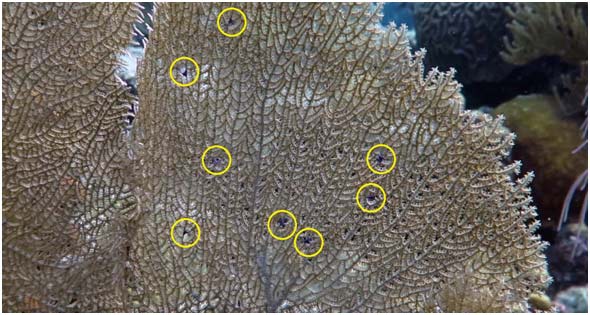
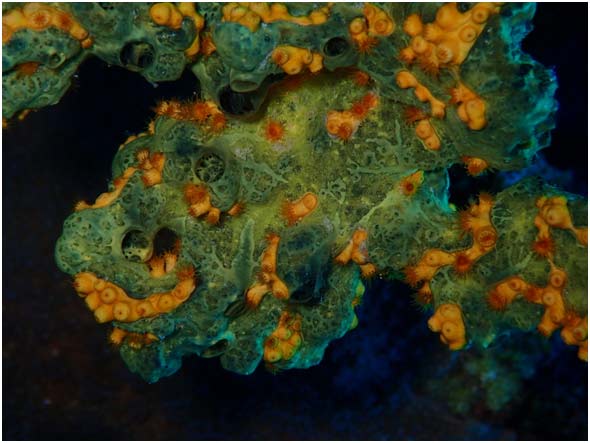
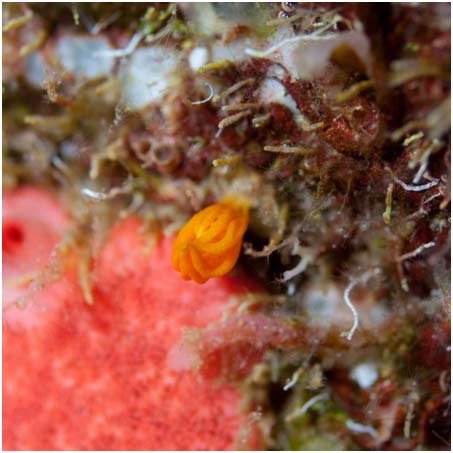
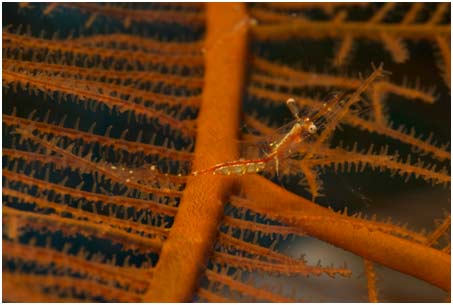
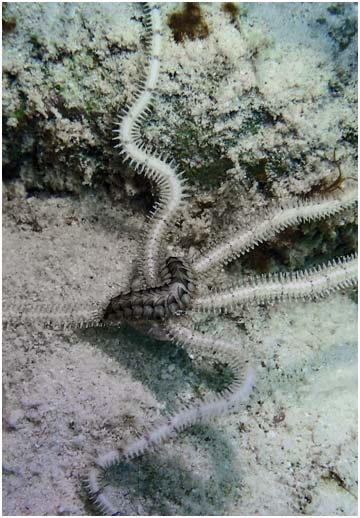
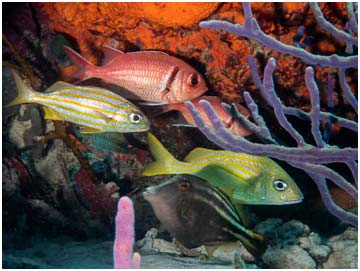
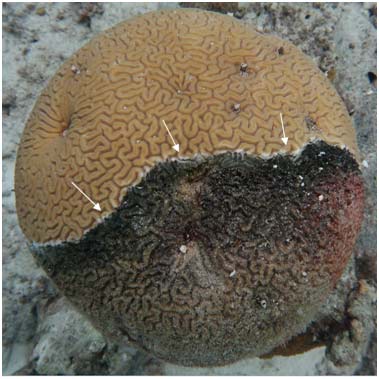
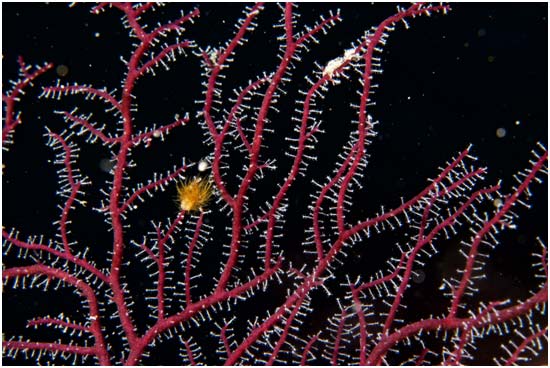
(Source: Dutch Caribbean Nature Alliance (DCNA))

